Het arrangement Libraries and the digital age? v456 is gemaakt met Wikiwijs van Kennisnet. Wikiwijs is hét onderwijsplatform waar je leermiddelen zoekt, maakt en deelt.
- Auteur
- Laatst gewijzigd
- 11-05-2025 22:49:28
- Licentie
-
Dit lesmateriaal is gepubliceerd onder de Creative Commons Naamsvermelding-GelijkDelen 4.0 Internationale licentie. Dit houdt in dat je onder de voorwaarde van naamsvermelding en publicatie onder dezelfde licentie vrij bent om:
- het werk te delen - te kopiëren, te verspreiden en door te geven via elk medium of bestandsformaat
- het werk te bewerken - te remixen, te veranderen en afgeleide werken te maken
- voor alle doeleinden, inclusief commerciële doeleinden.
Meer informatie over de CC Naamsvermelding-GelijkDelen 4.0 Internationale licentie.
Aanvullende informatie over dit lesmateriaal
Van dit lesmateriaal is de volgende aanvullende informatie beschikbaar:
- Toelichting
- Deze les valt onder de arrangeerbare leerlijn van de Stercollectie voor Engels voor vwo, leerjaar 4, 5 en 6. Dit is thema 'Buildings'. Het onderwerp van deze les is: Libraries and the digital age? Deze les gaat over oude gebouwen die door organisaties worden/werden gebruikt zoals bibliotheken. Hierbij wordt de vraag gesteld of de gebouwen nog nodig zijn nu er veel digitale boeken te verkrijgen zijn. De grammaticaopdracht gaat over gradable and non-gradable adjectives and adverbs.
- Leerniveau
- VWO 6; VWO 4; VWO 5;
- Leerinhoud en doelen
- Engels;
- Eindgebruiker
- leerling/student
- Moeilijkheidsgraad
- gemiddeld
- Studiebelasting
- 4 uur 0 minuten
- Trefwoorden
- arrangeerbaar, bibliotheken, digitale boeken, engels, gradable and non-gradable adjectives and adverbs, libraries and the digital age?, stercollectie, v456
Gebruikte Wikiwijs Arrangementen
VO-content Engels. (2021).
Libraries and the digital age? h45
https://maken.wikiwijs.nl/104346/Libraries_and_the_digital_age__h45

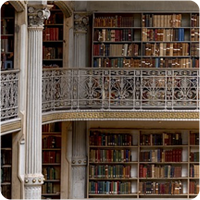 In this next lesson, we look at libraries.
In this next lesson, we look at libraries.


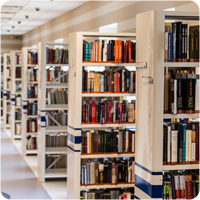 Speaking
Speaking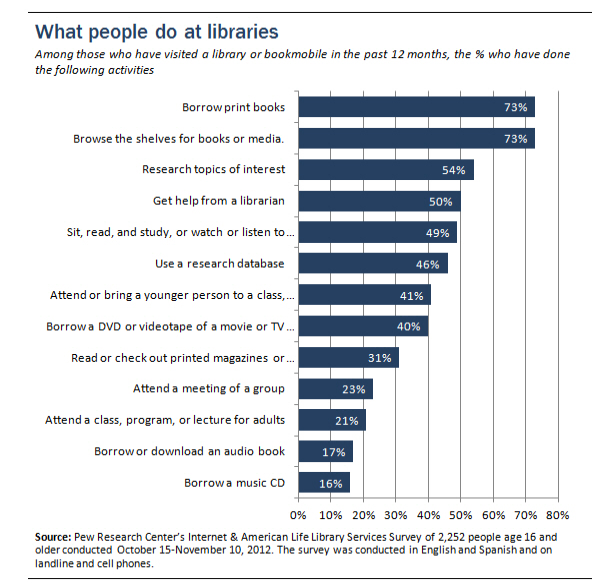
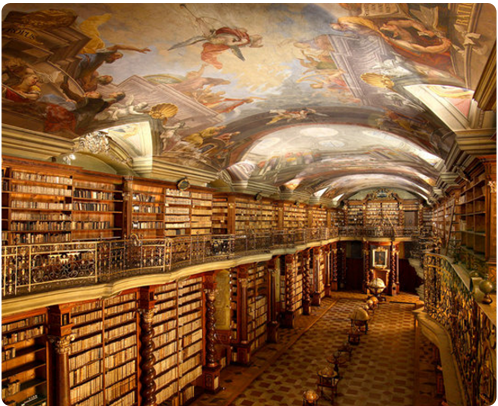
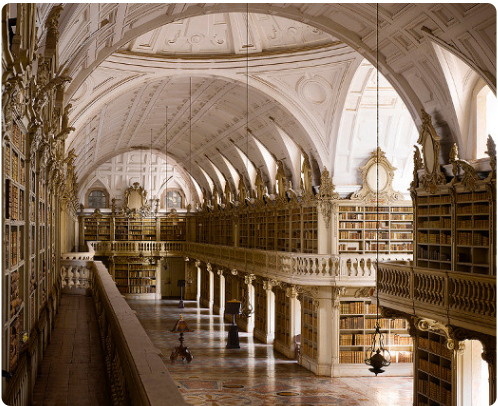
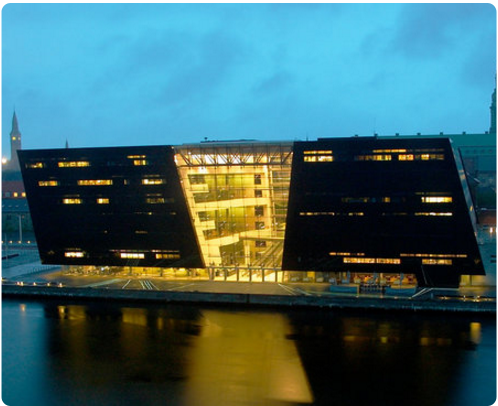


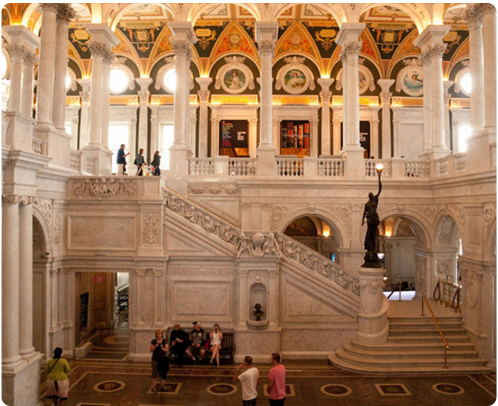
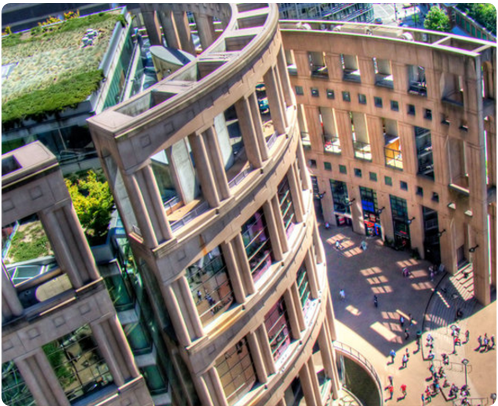
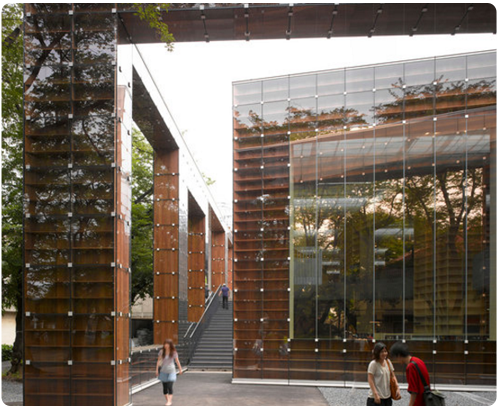

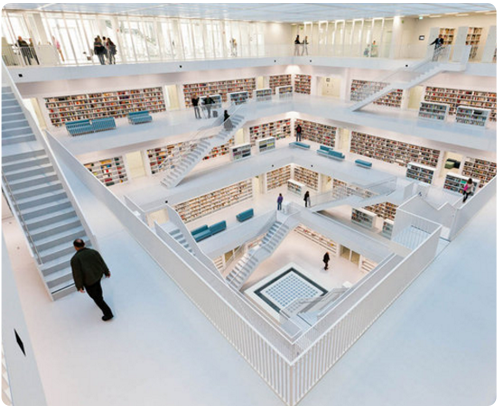
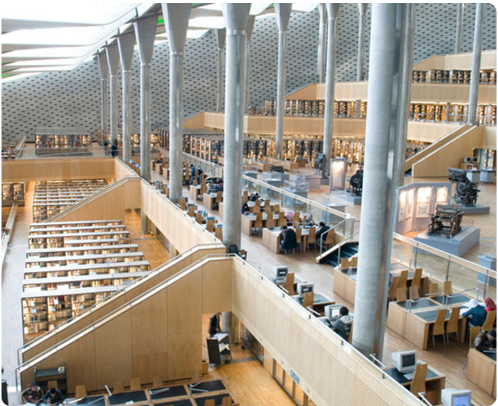

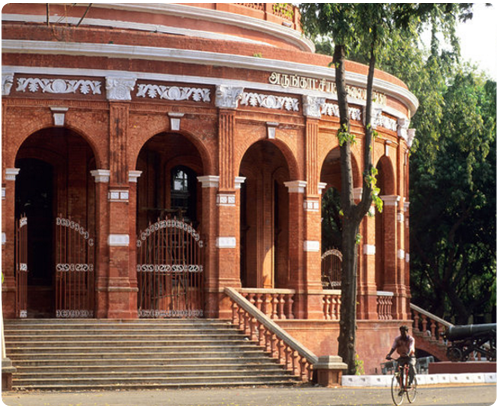
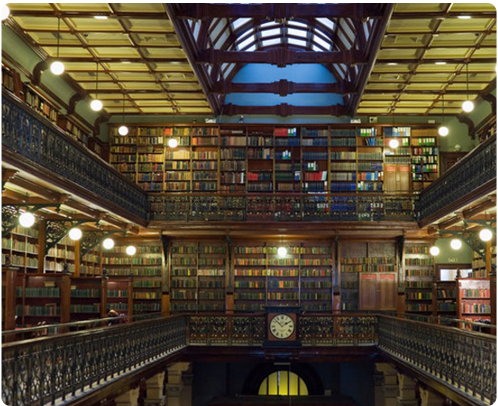
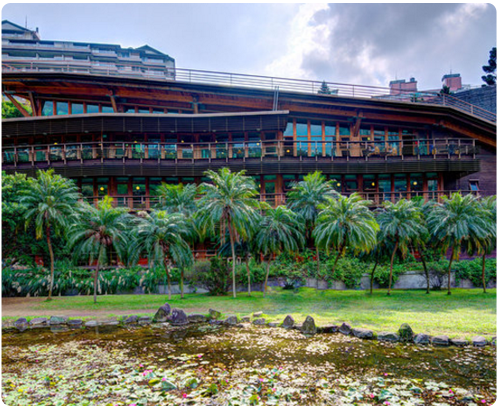
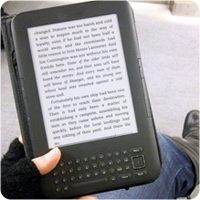
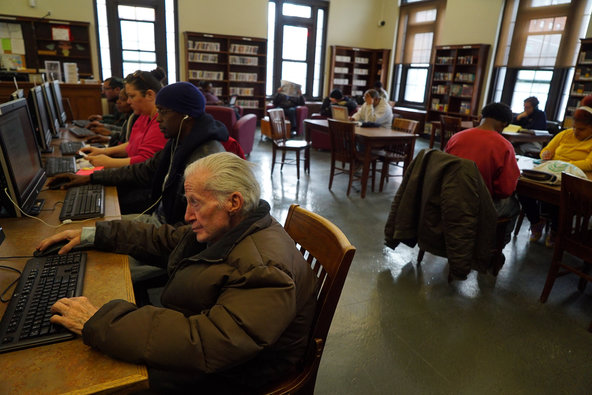
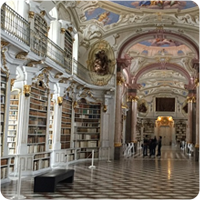 Grammar
Grammar

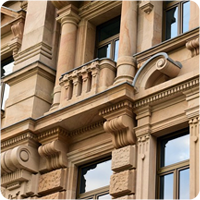 Video Watching
Video Watching Task: Write a letter
Task: Write a letter
 What have you learned in this lesson?
What have you learned in this lesson?